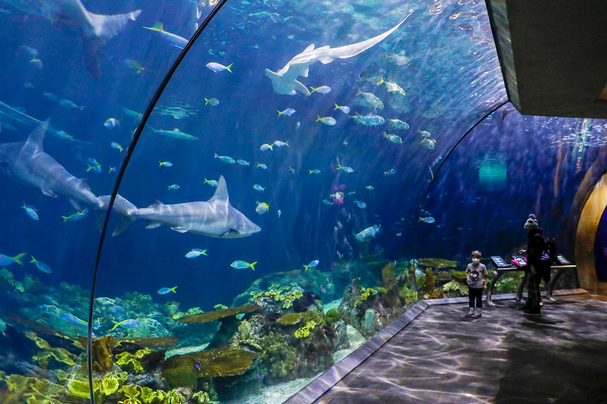The number and types of complications that occur when carrying for a living collection grow in parallel with the size and complexity of the collection itself often to a greater extent then non-living collections. This is mostly due to two primary factors which affect living collections, but not non-living collections. Firstly, living collections are by their very nature temporary in a way most non-living collections aren’t since once a living specimen dies it is either discarded or moved into a non-living collection and needs to be replaced. This turnover in living collections becomes increasingly difficult to deal with as the complexity and size of the collection increases. A collection of insects or microbes, for example, can relatively easily replace individual specimens, whereas an aquarium or zoo is unlikely to be able to replace rare or large animal species easily and cheaply.
The second factor which affects living collections is the cost of maintaining the living collection. Living specimens require food, water and living space and need cleaning and cleaning up after. This requires not only an increased allotment of resources to keep the subjects healthy, but also increased labor and often times specialized staff are needed to look after the subjects needs full time. Now it is important to note that both of these issues don’t really apply to living history museums in the same way or at least not to the same degree as other living collections, since the living element of these museums is the reenactors and museums staff, who have the same needs as any other museum staff.
Another complication that must be considered when dealing with living collections Is the ethics of using living creatures as museum subjects. This is primarily an issue when dealing with aquariums or zoos, which may use these creatures for public entertainment, less so when dealing with plants, insects or microbes. Since the museums are responsible for these creatures, it falls on the museums as ethic entities to ensure the animals are well treated, with sufficient food, space and that the animals are not acquired illegally or unethically. What’s more when dealing with at risk or endangered species, it fall to the museums to pursue efforts to preserve the species through research, and humane treatment of the animals.
My question for this weeks discussion is this: What standard of ethics should museums with living collections aspire to, and what are some specific ethical standards that should be universal.

url: https://www.chicagomag.com/chicago-magazine/june-july-2021/summer-is-back/busiest-places/
One of the universal requirements for a living collection should be the aquisition of said collection. It used to be the norm for aquatic centers such as SeaWorld to catch wild orcas, then transport them to a facility around the United States. Obviously, the animals usually didn’t do very well, and some of those animals went on to kill their human handlers. (The documentary Blackfish is a good introduction to that particular topic.)
I think one of the most important ethical aspects of having a living collection is making the wellbeing of the collection the number 1 priority, In the same way that museum’s consider the well being of objects like paintings or items of cultural significance, they should consider if they have the capacity to care for a living collection to the same standard. Leveraging the wellbeing of the collection in effort to accommodate other issues that go along with a living collection (such as cost,) puts the collection at unnecessary risk.